Shuanglang
Shuanglang Town is located in the northeast of Dali City and the northeast coast of Erhai Lake. It is a famous historical and cultural town at the provincial level in Yunnan Province and the first town of Canghai scenery. Its area is 218.28 square kilometers, ranking second in Dali City, with a total population of 17570, of which 84.6% is Bai nationality. Shuanglang Town is situated in the east longitude of 100-11 min and the north latitude of 25-53 min. Dali is the best charming city in China, a famous historical and cultural city at the national level, a national scenic spot, a national nature reserve, and an excellent tourist city in China. It is also the seat of "Nanzhao Style Island" in the national 4A-level scenic spot. The town is surrounded by mountains on three sides and faces the sea at the same time. The 19th peak of Cangshan Mountain in the west, the gate links the Erhai Lake with the vast blue waves, the Jizu Mountain in the east, the Buddhist resort, and the small Putuo in the south, Penglai Xiandao.
Shuanglang Town is located in the northeast of Dali City, the northeast coast of Erhai Lake, east of Jizu Mountain in Binchuan, south of Dingse Town, west of Erhai Lake, north of Shangguan Town, northeast of Heqing County, Huangping Town. Shuanglang North has dill music, South has lotus music, before the two islands surrounded by golden shuttle, jade in the hyperbola, so named - Shuanglang.
Within the boundaries of the water and sky, mountains and lakes overlapping emerald and water color, Jinsuo brocade, "double island hyperbola" and ancient elegant, rich flavor of the Bai nationality market town surrounded by a beautiful natural picture of harmony between man and nature, is the most suitable town for human settlement, known as "Dali scenery in Cang'er, Cang'er scenery in the two corridors" A great reputation.
The total area of the town is 218.28 square kilometers. It has seven villagers'committees, 39 natural villages and 77 villagers' groups. The total area of cultivated land in the town is 9,315 mu, and the per capita area of cultivated land is 0.52 mu. The main crops are rice, corn, broad beans, wheat, potato, kidney beans, flue-cured tobacco, garlic and other crops. The annual grain output in 2006 was 3,705,000 kg, and the per capita grain of farmers was 217 kg. The total annual income of the rural economy is 52.71 million yuan, the per capita net income is 1,468 yuan, and the total fiscal revenue is 3.07 million yuan, of which the local general budget income is 2.82 million yuan. Shuanglang Village, where the town government is stationed, has an elevation of 1976 meters, an average annual temperature of 15 degrees Celsius, an average annual rainfall of 800 mm, and a frost-free period of 275 days.
Sunshine 2500 hours a year, is a northern subtropical plateau climate, Shuanglang Town 60 kilometers away from the city hall, the town's territory 15 kilometers around the Sea tourist highway, the town's three sides around the mountains, one side of the sea, overlooking Cangshan 19 peaks, East Jizu Mountain foot, set Cangshan Erhai essence, natural scenery, rich ethnic customs, known as "Dali scenery in Cangshan Erhai" The reputation of Cang er's scenery is in two corridors.
Shuanglang has rich natural resources, long-standing traditional culture and rich connotation of national folk customs and customs, has a unique geographical environment and geographical advantages, with the "Nanzhao Style Island" as the lead of the rise of tourism makes the Shuanglang become a veritable "Cang Er scenery first township".
There are a large number of local products, famous for "famous, special, strange, excellent" and far and near, there are plum series of refined products, milk fan processing, silver fish processing, as well as stewed plum, bayberry, large and small white kidney beans, chestnuts, walnuts, pine nuts, chicken fir, containing manganese, zinc, iron, copper and other minerals, both mountain treasures, but also the sea Taste. Shuanglang is rich in plum fruits, with an annual output of more than 900,000 kg. The total output value of Dali Erhai Food Co., Ltd., Cang'er Food Factory and Yuer Food Factory, which mainly process plum fruits, is 9.94 million yuan.
Compared with the towns and villages in Dali, Shuanglang's economic and social undertakings have developed slowly. The coastal villages in the dam area are densely populated, with more people and less land, vast mountainous areas, scattered residential areas, lagging behind in road traffic, drinking water and other infrastructure facilities for people and livestock. Traditional agriculture and animal husbandry are difficult to form industries, and there is a single channel for the people to increase their income and become rich. Income growth is slow.
Although the new tourism industry relies on Nanzhao style island to develop and play a certain role in promoting the local economic development and concept renewal, it is still very difficult to attract investment and develop the advantages of double corridor tourism resources, and it is difficult to transform the advantages of resources into economic advantages, especially in mountain highway construction, human and animal drinking water and dam areas. Infrastructure construction such as coastal pumping station renovation and tap water construction lags behind seriously, which has become a bottleneck factor restricting the economic and social development of Shuanglang.
It has a long history and splendid culture. It is one of the cradles of Neolithic and Bronze Age civilization in Dali area, an important military fortress and naval base of Nanzhao Dali in Tang and Song Dynasties, an ancient battlefield of Tang Tianbao War and the uprising of Du Wenxiu in Qing Dynasty, and a fertile land for the integration of Buddhism, Taoism, Confucianism and primitive religion.
It has 14 historic and cultural sites, such as Yushe Battlefield Site, Zhengjue Temple, Yujian Temple, Jinbang Temple, Feiyan Temple, Hongshan King Temple, Qingshan Cliff Carvings and so on. It has a complete preservation of Ming and Qing historical and cultural blocks and a hundred typical Bai Ming and Qing traditional residential courtyards.
After the double corridors were placed under the administrative jurisdiction of Dali City in 2004, the municipal Party Committee and the government gave great concern and support to the economic and social development of the two corridors, and tilted them in many aspects, such as infrastructure construction, poverty alleviation and development, tourism industry development, and the cultivation of flue-cured tobacco industry as the backbone of financial resources, which greatly promoted the economic and social affairs of the two corridors. The development of industry.
Golden shuttle brocade, Yujihonglian, Maitreya Xiaotian, Shinu Goose, tiger mouth tide watching, green chicken to jump, Zhengjue bell, red mountain monument, dill playful water, Island ancient banyan, lotus red, Python running to the sea, turtle and snake confrontation and other 18 scenic spots and ancient town winding, fishermen's lanterns concentrated in Cangshan Erhai scroll, the ancients poetry said, "Muji Lake." The mountains are thousands of miles away, and people are in the same water. "I wonder if this is a fairyland or a heaven on earth.
Shuanglang has been a place for celebrities and scholars since ancient times. There were Yang Sheng'an and Li Yuanyang in ancient times. Now there are Yang Liping, a dancer, writer Su Tong, and Zhao Qing, etc. It is also the place where the main folk architectural sculptures and painters come out in large numbers in Dali. The seventy-two monastery Pagoda in Jizu Mountain, a Buddhist resort, and the Bai village in Yunnan ethnic village are often painted by double-corridor artisans.
Here beautiful scenery, outstanding people, has been "Five Golden Flowers", "Children of Five Golden Flowers", "White Moon and White Sister", "Erhai Love Wave", "Looking at the Cliff" and other film shooting attractions, so that visitors pour their interest.
Six ethnic minorities, mainly of the Bai nationality, are rich in ethnic resources and rich in folk customs. They have both traditional features of dress, dialect, diet and belief, as well as ethnic dwellings with green bricks, white walls and light ink paintings, as well as interesting wedding and funeral celebrations, unique national festivals, native culture, folk tales and tyrannical whips. The traditional sports and art culture, such as dragon boat racing, Shang Dao Shan, folk songs and Bai Ju opera.
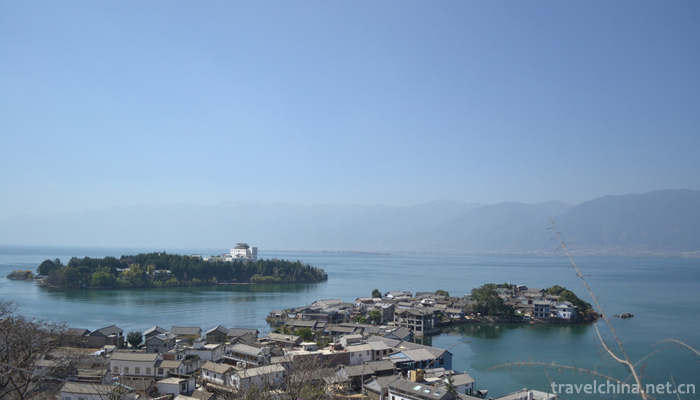
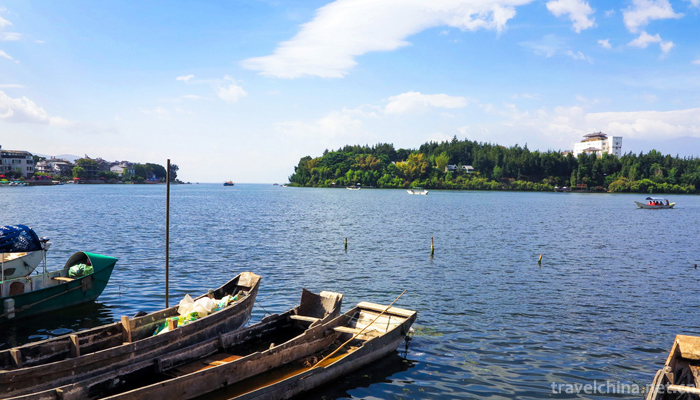

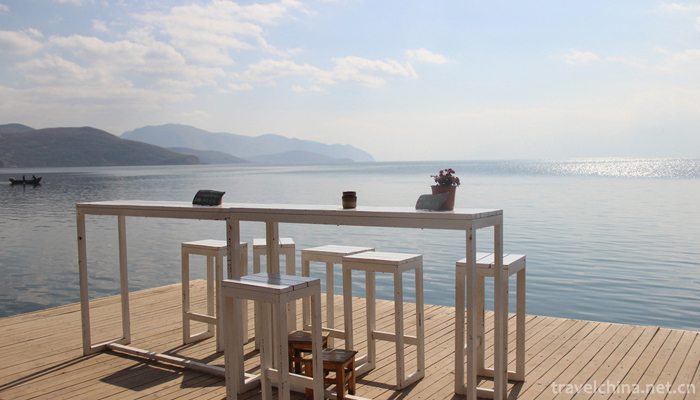

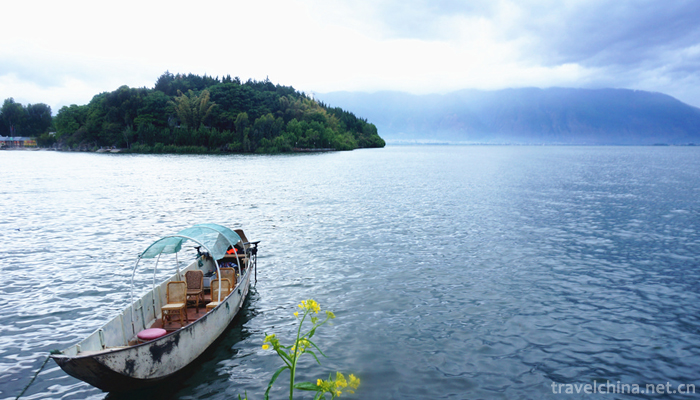

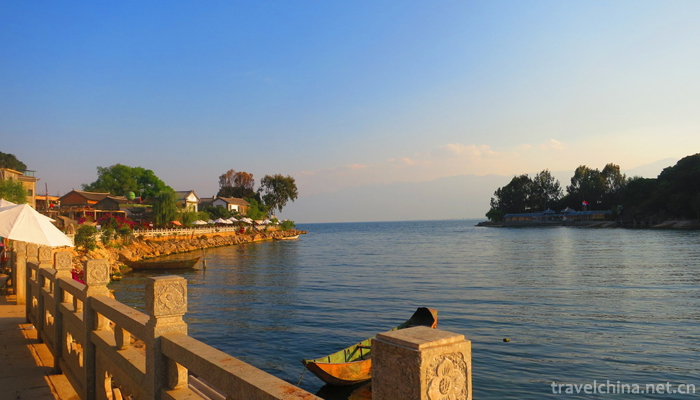
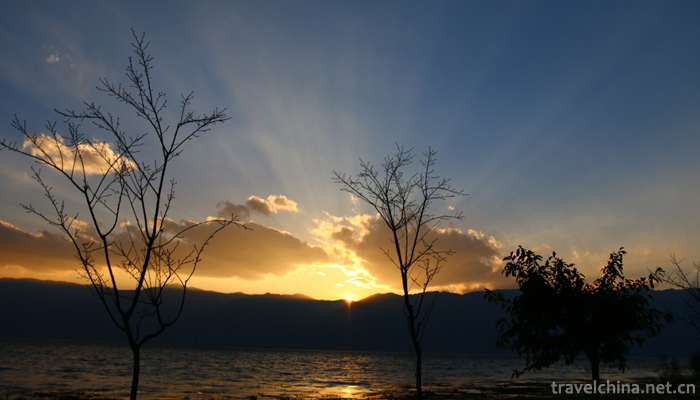
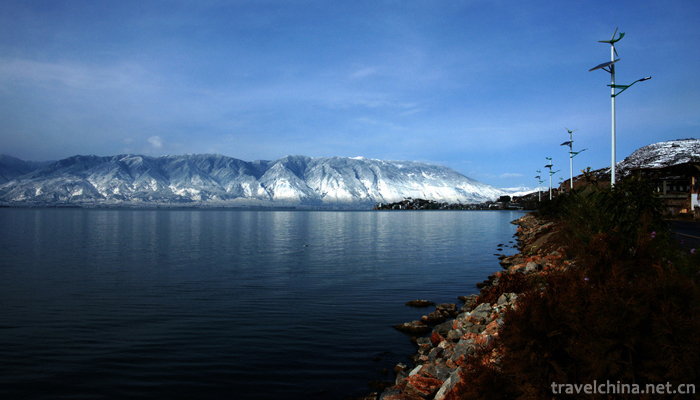
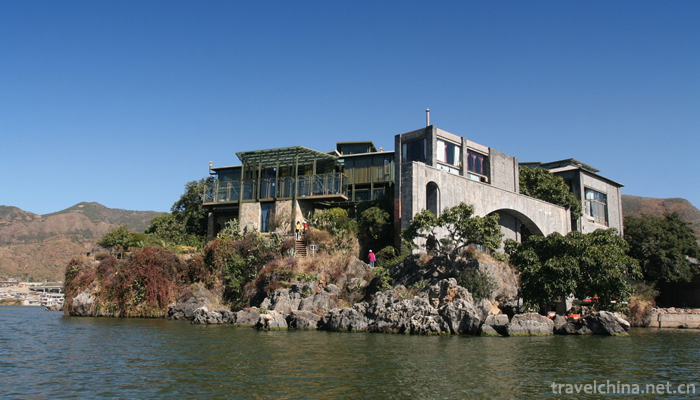

-
1.Ming Ming Dynasty Tombs Scenic Area
Ming Tombs, World Cultural Heritage, National Key Cultural Relics Protection Units, National Key Scenic Spots, National AAAAA Tourist Scenic Spots.
Time 2018-11-24 -
2.Bijiashan Scenic Area
Bijiashan Scenic Area is located in Tianqiao Town, Jinzhou City, Liaoning Province. The main scenic spots are Bijiashan Island and "Tianqiao", which are divided into five areas: island sight
Time 2019-01-02 -
3.Gell
"Gar", which means singing and dancing in Tibetan, also means "music and dance", because performing Gar has accompaniment of special instruments. On the staff roster of the Tibetan
Time 2019-04-30 -
4.Kirgiz Kumzi Art
Kumzi is an ancient plucked instrument unique to the Kirgiz people. The meaning of "Kumzi" Kirgiz people is "beautiful musical instrument". Mainly spread in Xinjiang Kirgiz Autonom
Time 2019-05-09 -
5.Material liao qi
Material wares are traditional handicraft products in Beijing. It is a traditional handicraft made of glass strips. There was no direct glass-making industry in Beijing. The materials used were collec
Time 2019-05-13 -
6.Legend of the Three Kingdoms
The legend of the Three Kingdoms is a kind of folk literature which was approved by the State Council and listed in the fourth batch of national intangible cultural heritage list in 2014.
Time 2019-06-12 -
7.Eighteen Butterflies
Eighteen butterflies is a local traditional dance form popular in the central part of Zhejiang Province (mainly in the area of Jinhua Yongkang). Twenty young women play the whole set of eighteen butte
Time 2019-06-15 -
8.Brown Fan Dance
On the day of the grand Brown fan dance festival, adult men gather in groups on a square with their own delicacies and rice wine every day, and hold a large-scale Brown fan dance activities by arrangi
Time 2019-08-16 -
9.Beijing Union University
Beijing Union University was founded in 1985 by the Ministry of education. It is a comprehensive university in Beijing. Its predecessor was the 36 University branches in Beijing in 1978. After more th
Time 2019-09-06 -
10.Corn and sparerib soup
Corn and spareribs soup is a tonic soup, the main ingredients are corn and spareribs, the main cooking technology is stew. Corn can reduce the blood cholesterol concentration and prevent it from depos
Time 2020-03-16 -
11.Biological resources of Suining
There are many kinds of biological resources in Suining. There are more than 1500 varieties or strains of biological resources found and utilized in Suining, including more than 1000 plant resources and 367 cultivated varieties of crops. The territory belongs
Time 2020-12-16 -
12.Animal resources in Nanchong
There are many animals in the subtropical farmland of Nanchong, and the number of other types of animals is less. Hundreds of wild animal resources are still preserved in the city. Among the rare animals, there are two kinds of national first class protected species
Time 2020-12-17